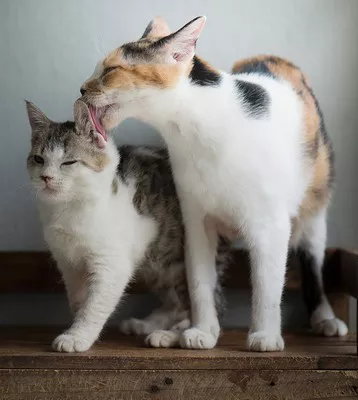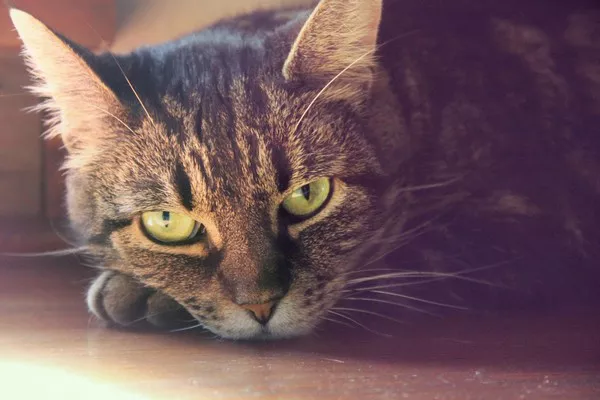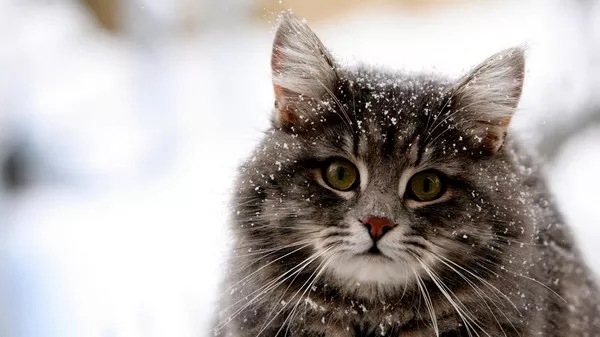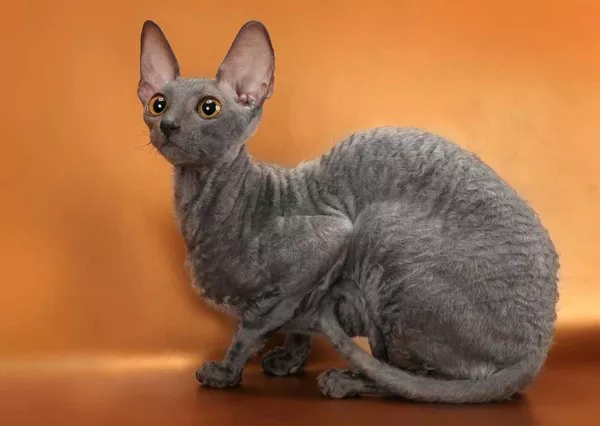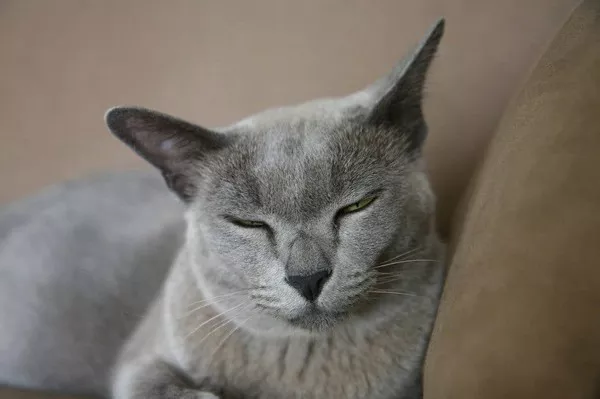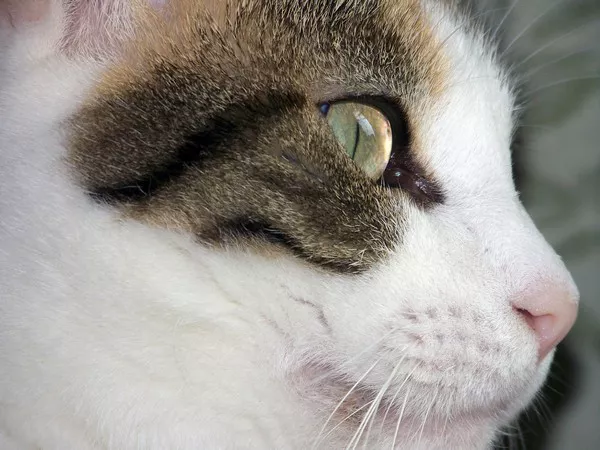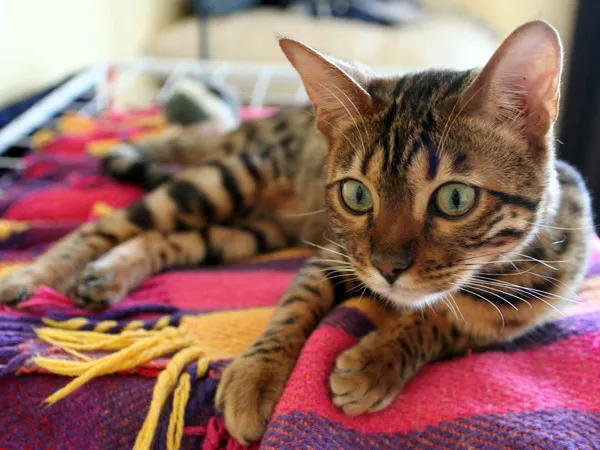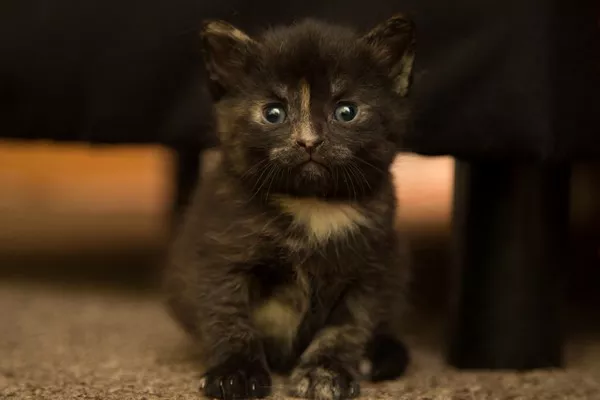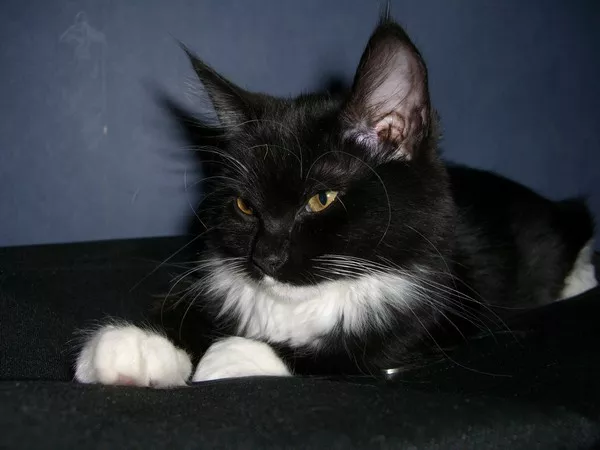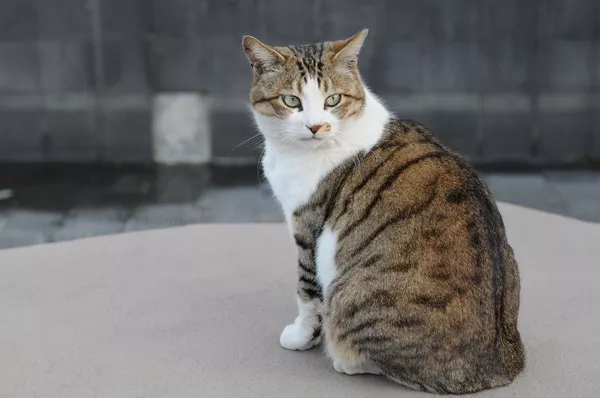Calico cats are known for their unique coat patterns, which consist of a combination of white, black, and orange fur. These cats are not a specific breed, but rather a color pattern that can be found in many different types of cats. In this article, we will explore how calico cats reproduce and what makes them different from other cats.
The Genetics of Calico Cats
To understand how calico cats reproduce, it’s important to understand the genetics behind their coat pattern. Calico cats have three colors on their coat: black, orange, and white. This is due to a genetic mutation that affects the X chromosome, which is responsible for determining a cat’s coat color.
Female cats have two X chromosomes, while male cats have one X chromosome and one Y chromosome. The gene that determines coat color is located on the X chromosome, which means that female cats have the potential to inherit two different coat colors.
When a female cat inherits two different X chromosomes with different coat color genes, she becomes a calico cat. Male cats can also have calico coloring, but it is much rarer as they only have one X chromosome.
Reproduction in Calico Cats
Calico cats reproduce in the same way as other cats. Female calico cats go into heat every 2-3 weeks during the breeding season, which typically lasts from spring to fall. During this time, they become more vocal and may exhibit more affectionate behavior towards both humans and other cats.
Male cats will often seek out female cats in heat and attempt to mate with them. If successful, the male cat will fertilize the female cat’s eggs, which will then develop into kittens over the course of about two months.
It’s important to note that not all calico cats are female. Male calico cats, while rare, can still have the calico coloring. However, male calico cats are almost always sterile due to the genetic mutations that cause their coat pattern.
Breeding Calico Cats
Breeding calico cats can be a challenge, especially if you’re looking to deliberately breed for the calico coloring. Because calico cats require two different X chromosomes to develop their unique coat pattern, it can be difficult to predict which kittens will inherit the necessary genes.
One way to increase the likelihood of producing calico kittens is to breed two cats that already have the calico coloring. However, even in this scenario, there is no guarantee that all of the kittens will be calico.
It’s also important to note that breeding cats should only be done by experienced and responsible breeders who prioritize the health and welfare of the cats involved.
Conclusion
In conclusion, calico cats are a unique color pattern that can be found in many different types of cats. Female calico cats inherit two different X chromosomes with different coat color genes, while male calico cats inherit one X chromosome with a genetic mutation that causes the calico coloring to appear.
Reproduction in calico cats occurs the same way as other cats, with female cats going into heat and males attempting to mate with them. Breeding calico cats can be challenging, as predicting which kittens will inherit the necessary genes can be difficult.
Overall, calico cats are a fascinating example of how genetics can influence a cat’s appearance, and they make wonderful pets for those looking for a unique and colorful feline companion.

